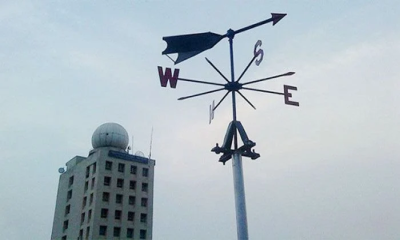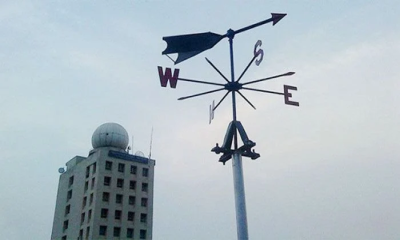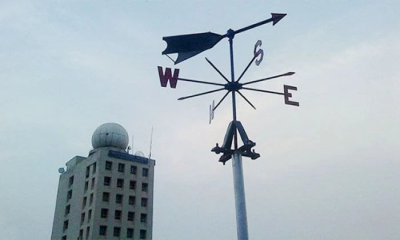Most markets under Dhaka's two city corporations are at fire risk — major reasons being breaching the Rajdhani Unnayan Kartripakkha (Rajuk) plan and not maintaining fire service standards.
More fire incidents can occur if Rajuk and other relevant authorities do not respond promptly.
Mouchak and Anarkali markets in Dhaka's Malibagh, Siddheshwari areas are adjacent to each other. Almost every floor of the Mouchak market has more shops than the original plan accommodates. The shops' designs have also been altered.
Shops have even been set up in spaces that were marked as passageways within the market. Furthermore, the entry and exit points are quite small, making these two markets prone to fire incidents.
Meanwhile, Chandni Chawk market near New Market is also at fire risk. Condition at Chandni Chawk is similar to Mouchak's. The Rajuk plan and requirements were not implemented at this market either.
It should be mentioned that a fire at New Supermarket — next to New Market and opposite Chandni Chawk — was devastated by a fire on April 15.
In Sayedabad Supermarket, Phulbaria Sundarban market, Nagar Plaza, City Plaza, and other markets and shopping centres, there are many more shops than the original Rajuk-approved plans allow.
Fires are also likely to occur in crowded markets with no fire extinguishing system.
Similarly, Rajuk Uttara Shopping Complex has significantly more shops than the market is meant to accommodate, according to the development authority's plan. There are illegal structures everywhere, including the basement, as well as the market's entrance.
A fire service team recently visited Gausia Market and found that Rajuk rules were not followed. If a fire occurs as a result of breaching the plans, not enough people will be able to come down the stairs. Electrical wires were also seen unconcealed everywhere in the market. There is no fire alarm system either.
Except for shopping malls like Bashundhara City Shopping Complex and Jamuna Future Park, almost all markets in Dhaka city are at fire risk.
Local influential people, according to the fire department, have set up marketplaces and allotted shops at their discretion.
These markets, according to city planner Adil Mohammad Khan, were constructed without regard to any standard or regulation. The tin-shed markets are also quite risky.
If not closely monitored, there will be more fire incidents in the future, he warned.
The city planner also said Dhaka city corporations and the concerned authorities need to increase proper supervision. This situation has emerged due to lack of proper supervision, for example, the fire that happened in Bangabazar, he observed.
In this respect, Brig Gen Md Moin Uddin, director general of the Department of Fire Service and Civil Defense, told UNB that fire incidents occur as a result of markets failing to maintain proper fire safety systems. In addition, unplanned market construction is one of the causes of fire.
He also said there are several risky markets in Dhaka, including Gausia and Rajdhani Super Market. These markets are at risk of fire because they were built in an unplanned manner.
In response to another query, the fire service DG stated that action will be taken by identifying hazardous markets in the capital. The fire service department and civil defense have already begun a campaign to identify markets that are vulnerable to fire and danger.
"We began the market survey on April 6 and are currently issuing notices to these markets. We are alerting them. These markets must have several access and exit points as well as fire fighting measures, according to the national code," he added.
Rajuk Chairman Anisur Rahman Mia informed UNB that Rajuk's proposal was correct. However, the markets were developed and shops were alloted in violation of the rules, and despite the markets' conditions, there is no safety system, resulting in accidents.
In response to another query, he said, "Although there is no continuous monitoring with limited manpower, we are taking action as soon as we receive any complaint."
There are other additional departments involved in market construction. There should be a consensus on this, he said.


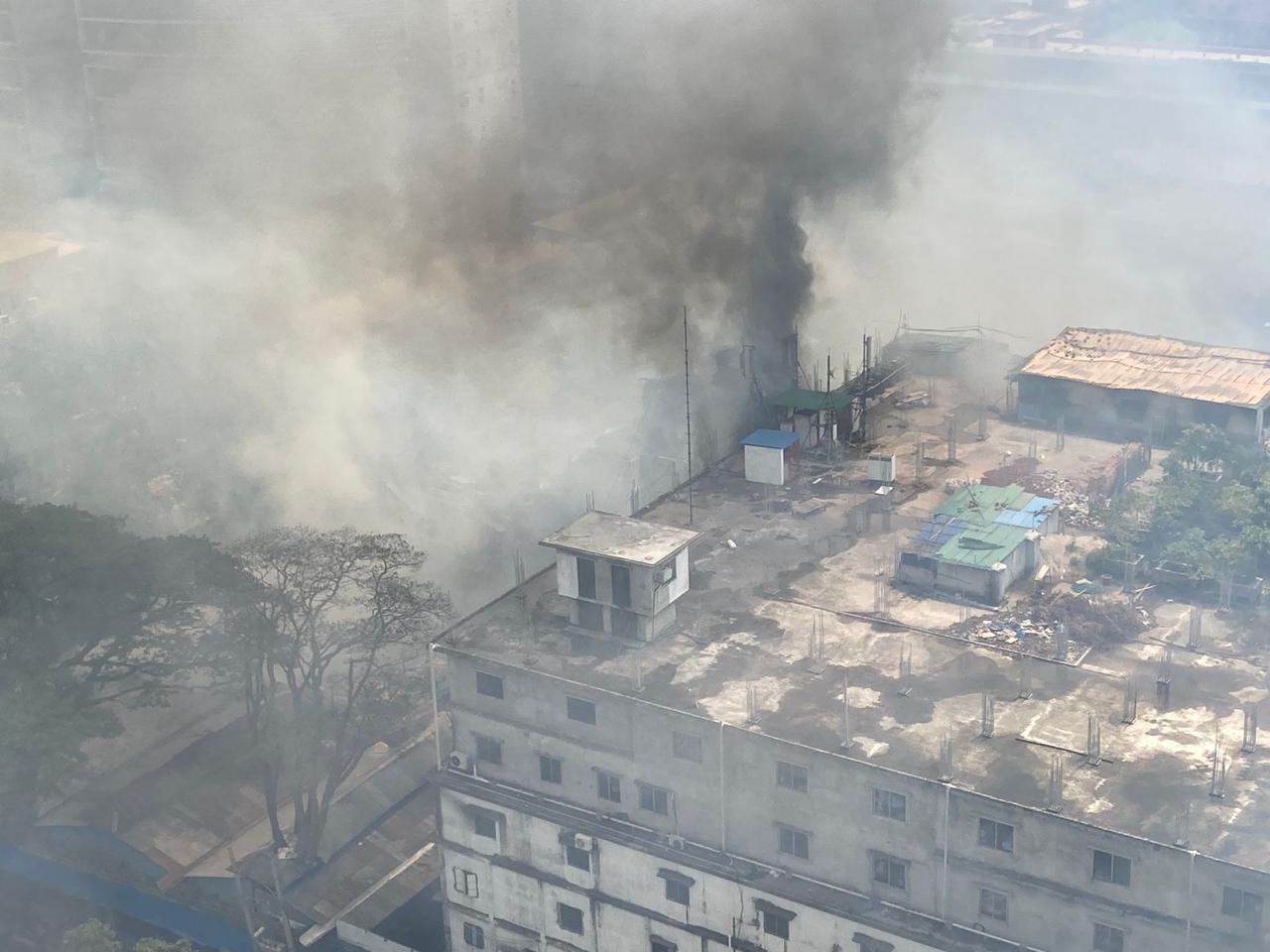




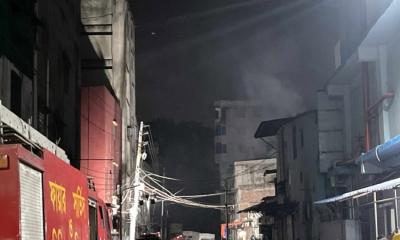

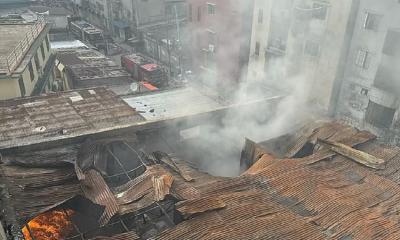
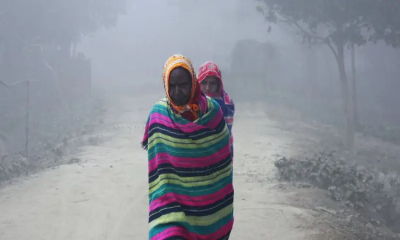

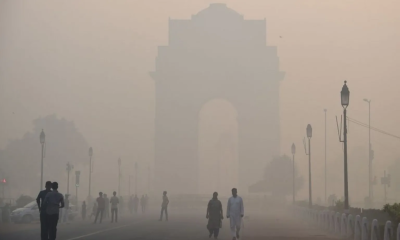
















-20251227141313.jpeg)
